
|
|
|
|
|
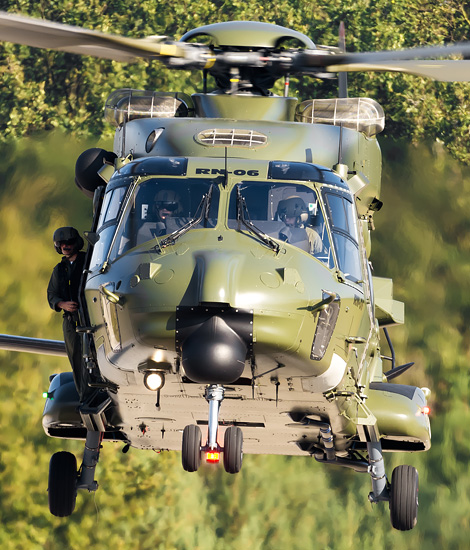
|
Replacement of the F-16; Kleine-Brogel, September 12, 2014
The Belgian Air Force Days, part 1; Text and Photograph's by Alex van Noye
The Belgian Air Force will select a successor to the succession of the aging F-16 Fighting Falcon in the upcoming period. At present it seems that the country will buy the American Joint Strike Fighter. A final decision has yet to be made by the Belgian political parties and investigations of other types are ungoing.
As in many countries in Europe, there is also going to change a lot for the Belgian Air Force in the coming years. The Belgian Air Force has in recent years been considerably reduced and transformed into a compact and tactical air force. The training of the Belgian Air Force is completely done by the country itself. This is unusual for a small country like Belgium, because it brings enormous costs with it. At this time the pilots start their training on the SF260 Marchetti at Beauvechain Air Base near Louvain. After this basic training, the pilots go to France where they start flying at the French Belgian Alpha-Jet detachment. This detachment is the AJets detachment at the French Cazaux Air Base. In this unit, they learn to deal with flying in a jet and teach how to use the various weapons. The transition to the F-16 will take place at Kleine Brogel Air Base in the OCU (Operational Conversion Unit). In the future, the Alpha-Jets will be phased out because the planes are already in use at the Belgian Air Force from 1978. It is still unclear whether the aircraft type will be replaced anyway. The successor to the F-16 will play an important role in this decision. When Belgium decides for example to buy the JSF, the training will take place in the United States in cooperation with other JSF partners. The Marchetti fleet needs to be replaced as well, because these planes are already several decades old.
After the famous debate about the succession in the Netherlands for several years, also the Belgian Air Force is now looking around for a successor to the General Dynamics F-16 Fighting Falcon. In Belgium the choice tends to the American Lockheed Martin F-35 Lightning II as well. This aircraft is known in the media as the JSF. The F-16 is designed to make an average of around 4,000 flight hours before the equipment is depreciated. The Belgian F-16s make an average of around 200 flight hours per aircraft per year. The planes are already nearly 40 years in service and they reach the end of their operational lifetime. The Belgian Air Force has more than 50
|
|
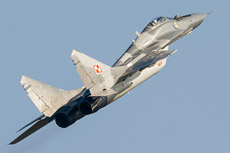
|
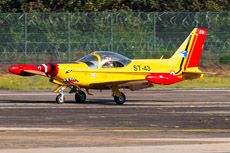
|
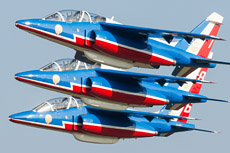
|
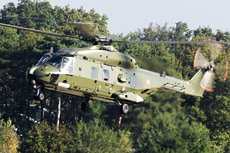
|
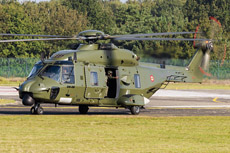
|
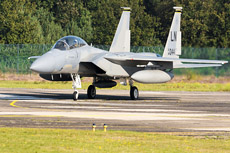
|
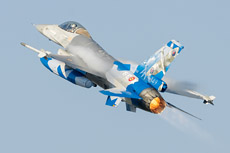
|
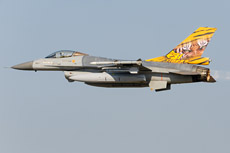
|
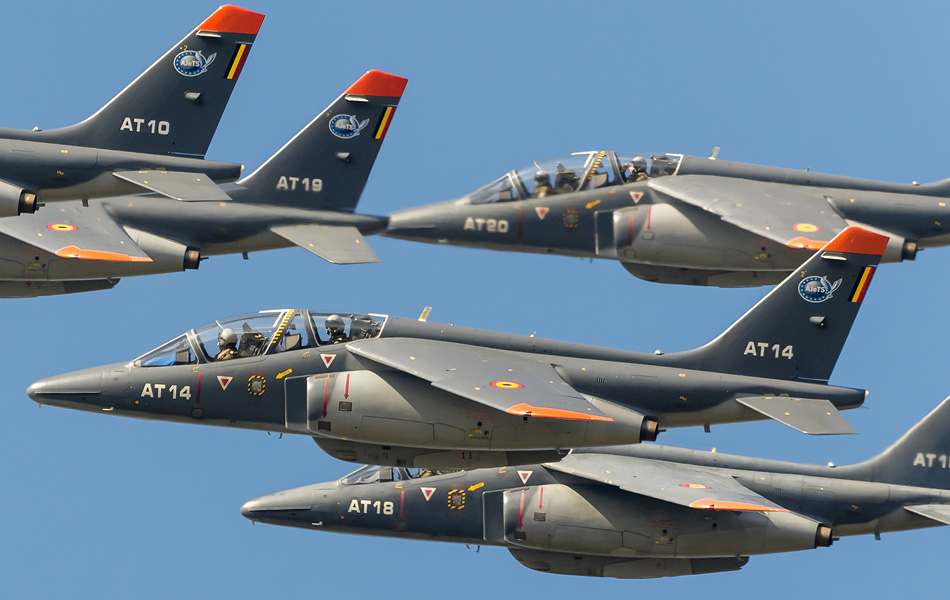
|
aircraft in operational service and the prediction is that the aircraft will reach the maximum number of hours at 2023. The big question is whether the Belgian Air Force requires only manned aircraft for the succession of the F-16. A drone can stay indefinitely in the air and can continue to patrol for hours over an area. This is a very inexpensive solution for the future, because drones can be used for virtually all tasks. It is therefore realistic that the Belgian Air Force will use drones in combination with manned aircraft like the JSF. Compared with 10 years ago the development of the drone has made significant steps. Drones are being developed for a variety of specific tasks. This is a different case for manned combat aircraft. The construction of drones and fighter aircraft is a choice which is made in the Netherlands. Therefore it is a very real possibility that Belgium will also do this in the future.
The number of aircraft which Belgium will purchase may have everything to do with the level of ambition of the country. The ambition level is the number of actions which a country can execute simultaneously. At present Belgium wants ten aircraft to be able to deploy abroad, while at least two aircraft patrol the national skies. To meet this standard the country needs an F-16 fleet of about 50 planes. This ambition is in line with other countries in the NATO which are comparable to Belgium. Fighters need a lot of maintenance and there are also other aircraft needed for the training of pilots. After the sum, it is clear that many aircraft are needed to realize these ambitions. Belgium's future ambitions remain unchanged for the time being according to an internal memo. This means that Belgium needs more than 40 aircraft to be able to achieve this ambition. It is believed that a country like Belgium needs about 15 aircraft to ensure the security of the national airspace. In addition to a minimum in order to defend the country, Belgium also has the obligation to deliver a minimum of international collaborations in crisis areas such as Afghanistan and Iraq. The Belgian Air Force is relatively small in Europe and is therefore at the lower end of that minimal needed aircraft. The country is internationally usually involved with the other F-16 partners.
There are officially five aircraft being studied as successor for the F-16 in Belgium. The first aircraft is the Saab Gripen. This aircraft is a small light Swedish fighter and is similar to the F-16. Compared with other aircraft, it is a fairly inexpensive aircraft to purchase and maintain. According to specialists, the Saab Gripen is the best purchase for Belgium. The aircraft is especially suitable for smaller countries with small ambitions. The second candidate is the F/A-18 Super Hornet. The Super Hornet is a twin-engine aircraft which is developed for the US Navy. This aircraft has already proved its worthiness, but it is a large and expensive fighter. The Super Hornet has been tested by the Belgian Air Force at Florennes Air Base when the Americans sent a couple of these planes to Belgium in 2013. The third candidate is the European Eurofighter EF2000. The EF2000 is a complex and expensive aircraft and is built by a consortium of Germany, Great-Britain, Spain and Italy. The Eurofighter is a superior machine with lots of power. The major disadvantage is that the aircraft is built in several countries and the purchase price does not benefit. The French Dassault Rafale is the fourth candidate. Because of the double engine concept it is a quite complex aircraft. The Rafale is able to perform the same tasks as the F-16 and more. The Rafale is already operational in France and can be quickly taken into production. The only disadvantage is that the Rafale is only operational in France and nowhere else in the world. The American JSF is the fifth candidate and is an aircraft of the 5th generation. It is a compromise extension of the US military which is produced in three variants. The development of the JSF proceeds very difficult and the costs are large.
|
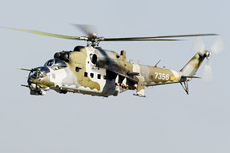
|
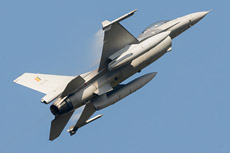
|
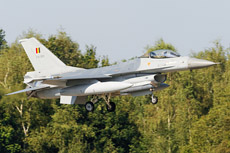
|
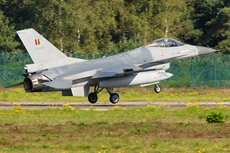
|
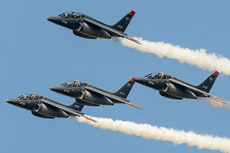
|
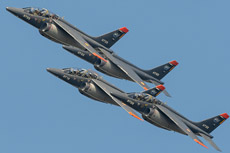
|
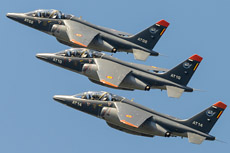
|
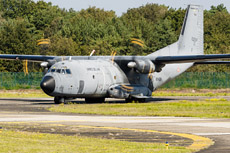
|
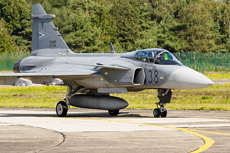
|
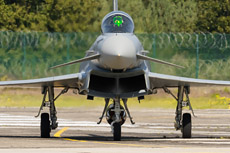
|
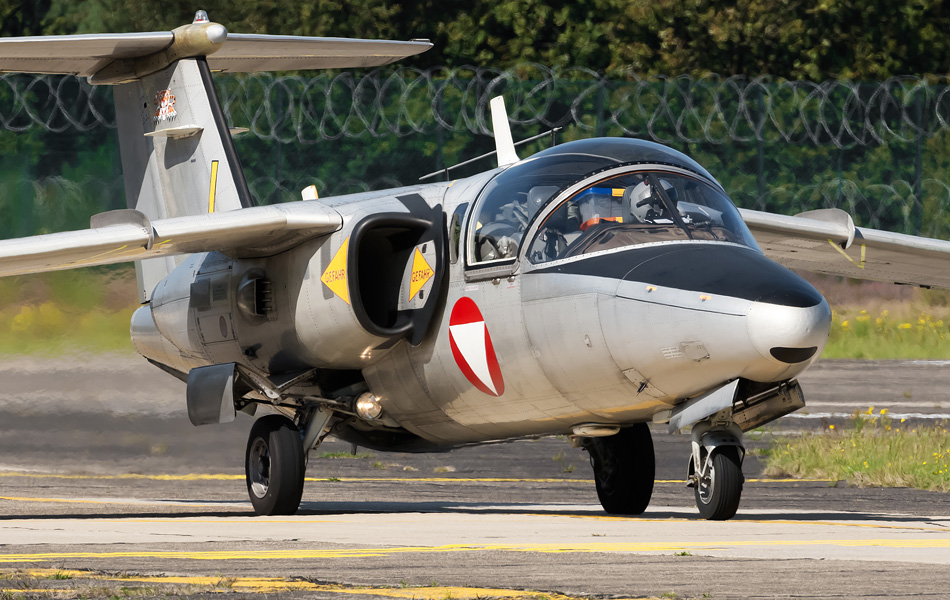
|
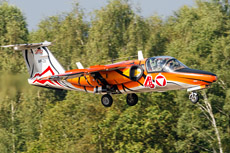
|
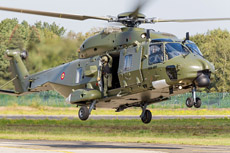
|
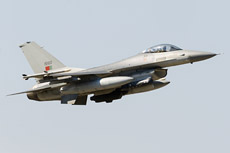
|
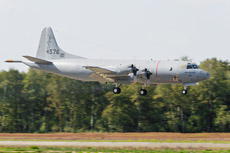
|
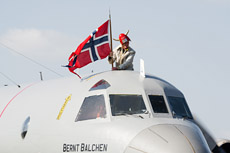
|
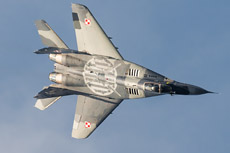
|
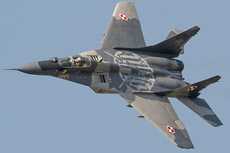
|
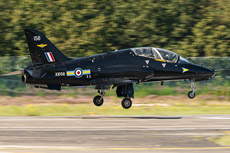
|
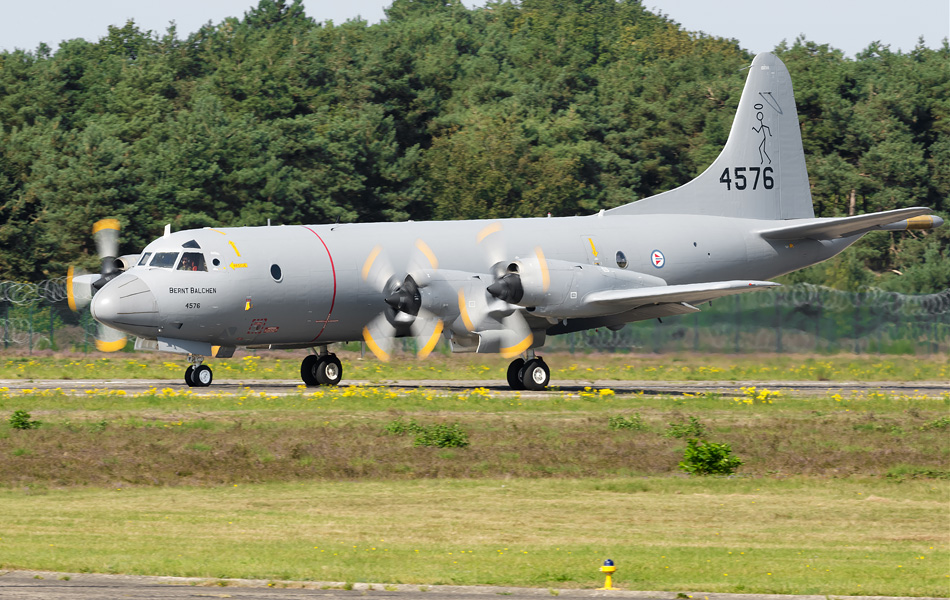
|
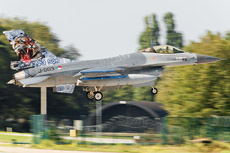
|
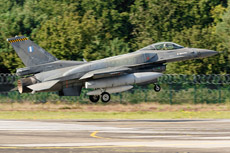
|
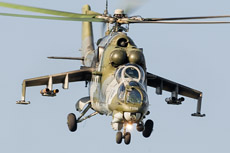
|
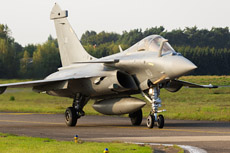
|
|
|

|







